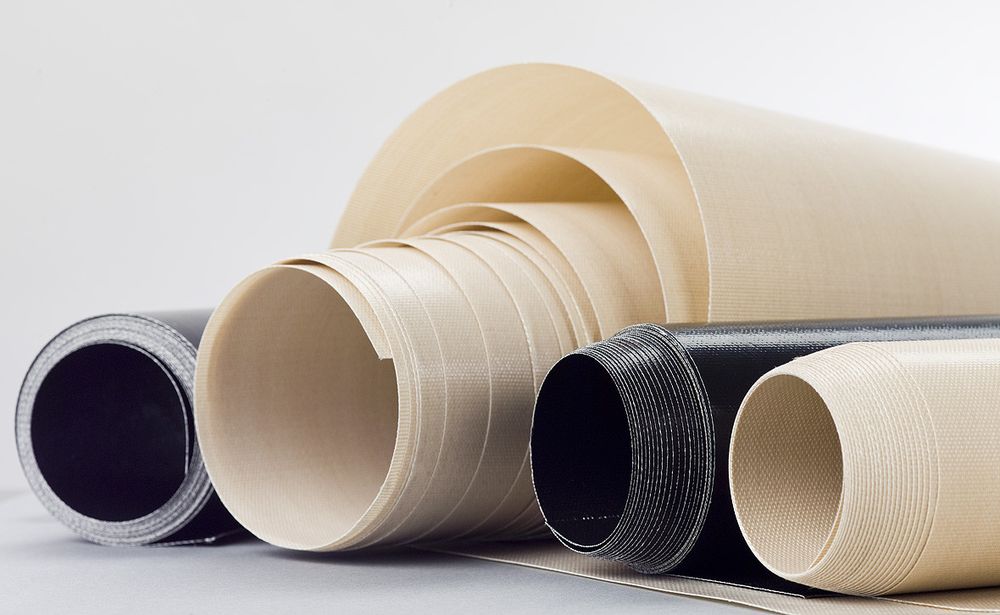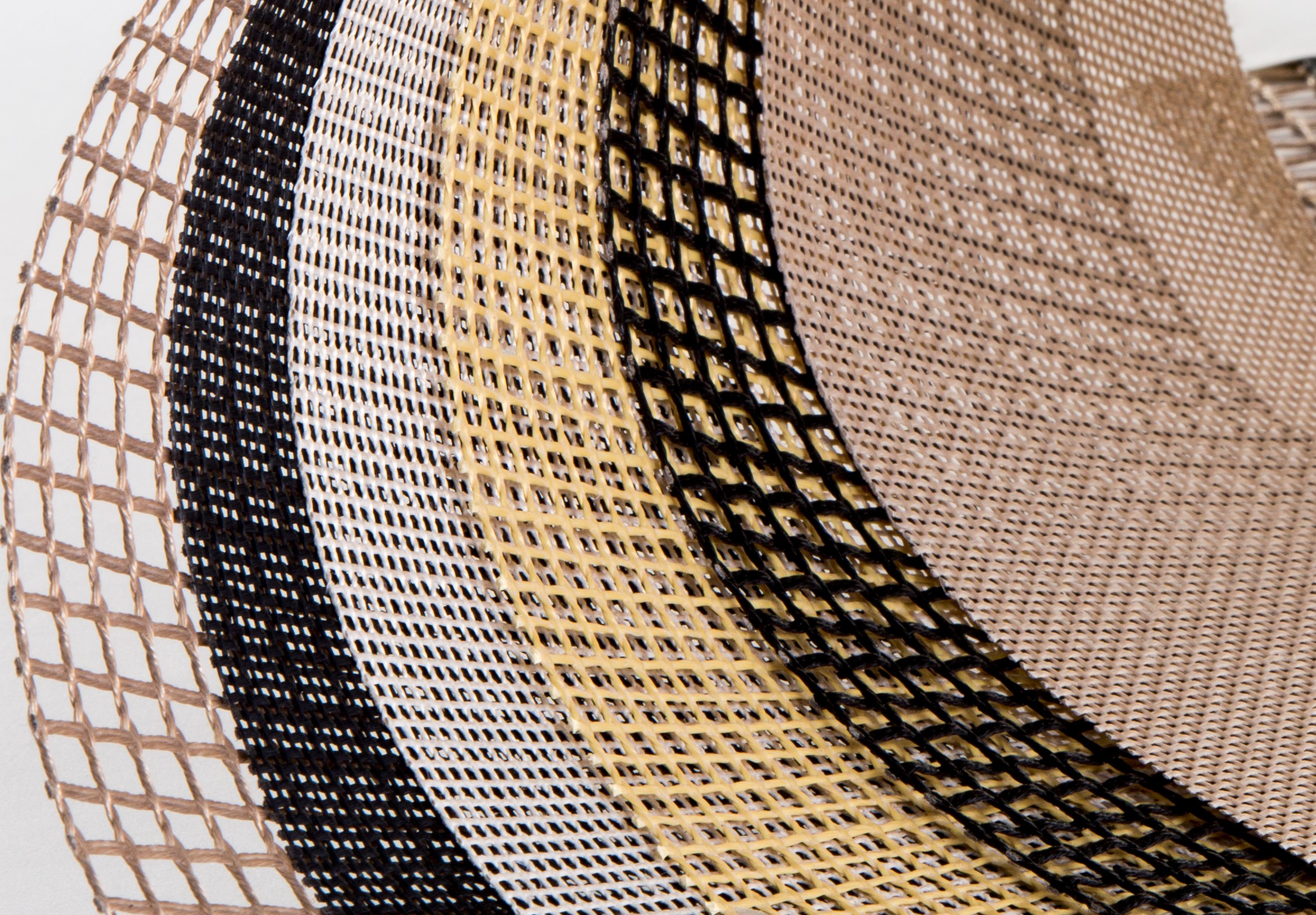Uses of PTFE
Polytetrafluoroethylene, or PTFE, is a versatile polymer that has been in use since 1938. There are many uses of PTFE in industrial and consumer applications.
The two main components of PTFE are carbon and fluorine. This combination gives PTFE a high molecular weight that provides several advantages. For example, PTFE is water resistant and resistant to substances containing water.
PTFE also resists friction against solid and is highly heat resistant. This allows PTFE to be used as a component of gears, bearings, and slide plates. PTFE does not begin to degrade until it reaches a temperature of 662 degrees Fahrenheit.
PTFE can take a liquid or powder form. Materials can be coated with PTFE and it can be combined with other liquid or solid ingredients to fortify them. The powder form is used for pyrotechnics and decoy flares. PTFE powder is also used as an igniter for the solid fuel rocket propellants used by the aerospace industry.
PTFE Has Many Applications
Perhaps the best known variation of PTFE is Teflon, which is used to make non-stick cookware.
The non-stick properties of PTFE are so effective that not even a gecko can stick to it. For this reason, PTFE can be used on building surfaces to prevent insects from climbing walls.
PTFE’s non-stick properties have also been utilized by the dental industry for fillings to prevent them from sticking to adjacent teeth.
PTFE is also used to make containers and pipes because it is anti-corrosive, and non-reactive. This is useful for laboratories handling highly corrosive chemicals that need to be placed in glass containers. Additionally, it’s carbon-fluorine bonds give PTFE increase tensile strength.
PTFE can also be used as a lubricant for machinery. When used this way, PTFE reduces friction, energy consumption and equipment wear. One example of this is lubricant used on bicycle chains.
PTFE is also used to make gaskets because of its strength and heat resistance. It is also used as a thread seal tape for plumbing.
PTFE also has good electric insulation properties and thus it is used to insulate cables and connector assemblies. This makes it ideal for hookup wire, coaxial cable and printed circuit boards.
PTFE can also be found in consumer products such as outdoor apparel, school uniforms, footwear, insoles, orthotics.
How Does PTFE Work with Photovoltaic Diaphragms?
PTFE can also to extend the life of photovoltaic diaphragms. For example, Steinbach’s Lamibran diaphragm offered by Smartech is specially designed for the solar industry.
Traditional diaphragms are susceptible to corrosion from EVA outgassing. Lamibran diaphragms are made of two layers of material to mitigate the adverse effects of EVA.
Placing a sheet of PTFE between the module and the diaphragm enhances the strength and heat resistance of thin-line and crystalline solar panels.
Smartech’s line of PTFE sheets are fully customizable to meet photovoltaic industry specifications for thickness and size.
Smartech’s PTFE sheets are also available in anti-static format that reduces electrostatic discharge.

Looking for More Information?
Click the button below or get in touch with one of our locations

